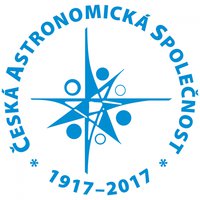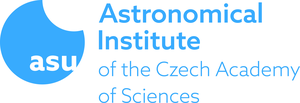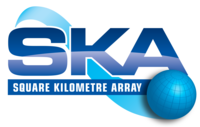|
Special Session SS20
26 June 2017
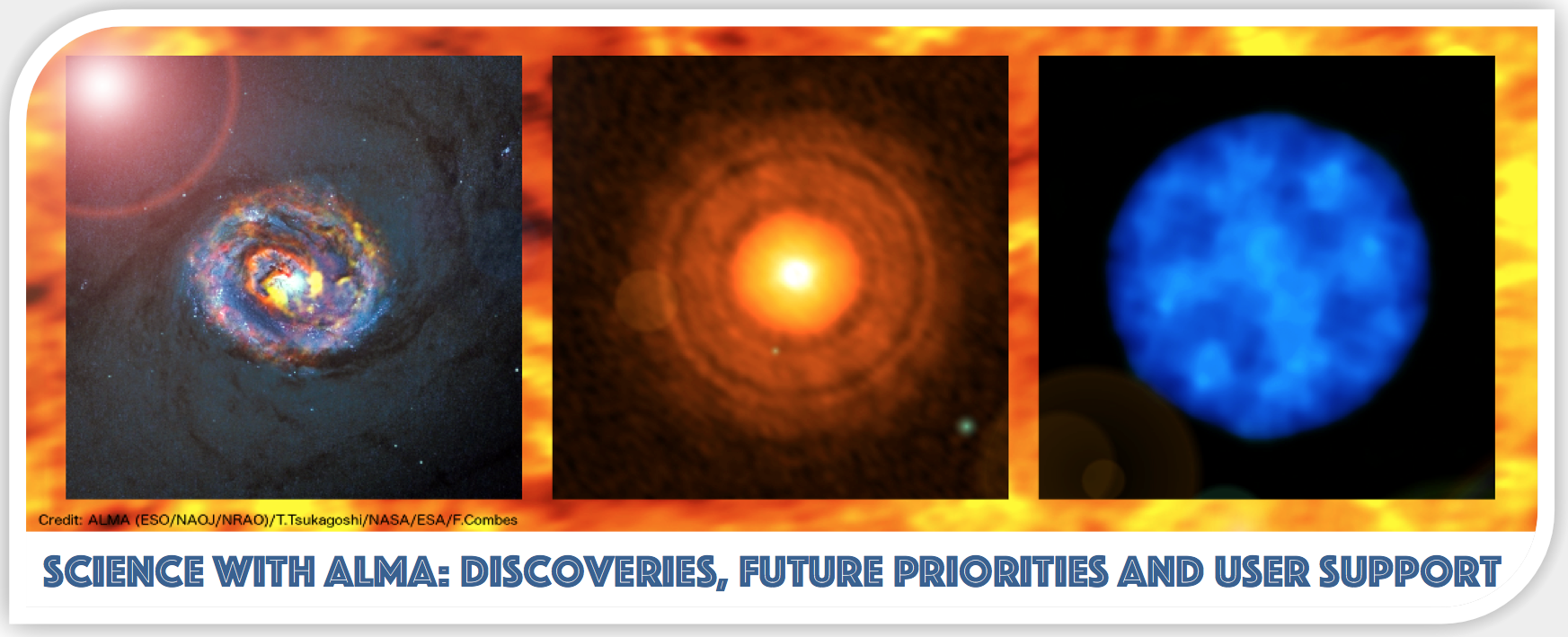
Aims and scope
ALMA (Atacama Large Millimeter/sub-millimeter Array) is a cutting-edge observational facility for astrophysical research in the millimeter/sub-millimeter window run by a worldwide collaboration, including the European Southern Observatory. It is the largest ground-based facility and located in northern Chile's Atacama desert at an altitude of 5,000 meters above sea level. Many revolutionary discoveries have been made with ALMA over the six years of its scientific operations. As ALMA is approaching completion, observing across its foreseen bands (84 - 950 GHz) have been progressively implemented and are getting ready for the observers. For example, commissioning of Band 10 in Cycle 3 gave full access to submillimeter wavelengths. Observations of the sun have been offered in Cycle 4 for the first time. The most extended configurations and thus highest resolutions have been offered for the first time in Cycle 4 and access to all frequencies is foreseen in the upcoming cycles. The EWASS 2017 Special Session 20 focuses on the three particular modes of observing with ALMA that demonstrate unique capabilities of the facility.
First results from the community, as well as challenges that these observations bring will be presented and discussed. Contributed presentations on these topics are invited. Future capabilities in the coming ALMA cycles as well as European ALMA user support are covered by invited presentations.
In the Czech republic, host of the EWASS 2017 conference, one of the nodes of the European ALMA Regional Center network is run as a national research infrastructure. With a special expertise in solar observations with ALMA, it has contributed to the development and commissioning and science verification of the solar observing mode. It further provides support to ALMA users from the Czech republic and the central and eastern regions of Europe.
Programme
- High-Frequency Observations (specifically in Bands 8, 9, and 10) offer revolutionary views on the Universe through windows that until recently were closed. Specific observing techniques were developed to overcome the hurdles from atmospheric transmission and shortage of calibrators: band-to-band transfer enables to observe at high frequencies in less than optimal weather conditions by first observing an object at lower frequencies, and then using that data to calibrate the telescope for a particular observation. Another technique involves first observing at very broadband frequencies and then tuning-in to more narrowband, higher frequencies.
- High-Angular-Resolution Observations made with ALMA in the longest baseline configurations were one of the most important technical achievements in mm/submm astronomy. Up to 16 km baseline lengths provide unmatched milli-arcsecond resolution. The CSV observations have already produced unprecedented images of many astronomical objects, including the iconic HL Tau protoplanetary disk, gravitationally lensed star-forming high-redshift galaxies, or Juno, one of the largest members of our Solar System's main asteroid belt. In Cycle 5, maximum baselines of 16 km will be offered for the first time for Bands 3, 4, 5 and 6.
- Solar Observations were offered for the first time only recently in Cycle 4. Powerful new capabilities offer new insights into fundamental scientific questions in the solar physics. ALMA observes the chromosphere with high spatial, temporal and spectral resolution, which enables detailed studies of this dynamic region of the solar atmosphere. In particular, acting approximately as a linear thermometer, ALMA can provide detailed maps of the thermal structure and dynamics of quiet and active solar regions, prominences and small flares. Recently, regular solar observations of the Sun were started and data was released from the CSV campaigns in 2014 and 2015.
Invited speakers
- Santiago Garcia-Burillo (Observatorio Astronómico Nacional)
- Evanthia Hatziminaoglou (ESO)
- Leonardo Testi (ESO)
- Catherine Walsh (University of Leeds)
...
Scientific organisers
- Pavel Jachym (Czech Academy of Sciences)
- Leonardo Testi (ESO)
- Eva Schinnerer (MPIA)
- Martin Zwaan (ESO)
- Paola Andreani (ESO)
- Ivica Skokic (Czech Academy of Sciences)
Contact
jachym @ ig.cas.cz
Updated on Thu Mar 30 10:08:13 CEST 2017
|
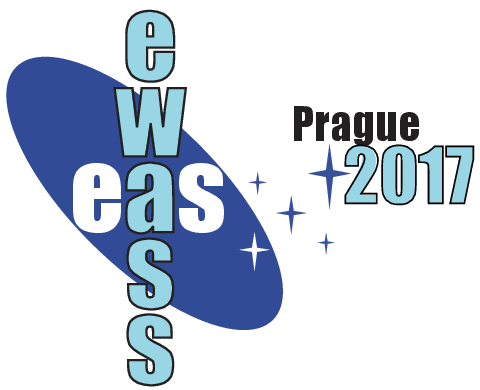
 A power cut will shut down all EAS services on Tuesday, 10 January 2017 starting at 7:30 CET.
A power cut will shut down all EAS services on Tuesday, 10 January 2017 starting at 7:30 CET.

